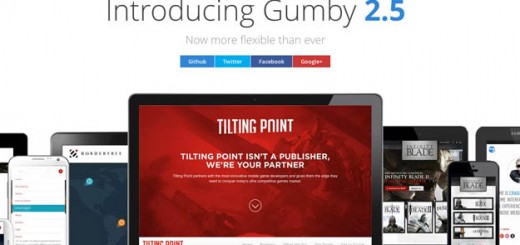Mobile app marketing is a competitive industry, with millions of apps competing for a finite resource: user loyalty in the form of post-install events.
Simply developing an app and listing it across app stores won’t cut it. Effective app marketing is now make-or-break to any app’s bottom line.
But along with the challenges, there’s plenty of exciting progress in the world of mobile app marketing.
Consider these three encouraging stats and trends.

#1: Revenue Driven by Mobile App Marketing Has Grown Significantly
Question: How do marketers gauge the performance of their campaigns? Answer: Primarily by how many revenue-boosting post-install events they drive. And there’s positive news on this front. As VentureBeat cites, revenue from mobile app marketing has increased by a whopping 80 percent since 2016—due in part to the increasing reliance on data-driven optimization.
However, retaining loyal users is still an ongoing challenge for app marketers. With so many available apps vying for mobile users’ attention, engagement requires a combination of targeted acquisition and periodic retargeting over time. Apps across categories “can generate more consistent revenue by creating re-engagement campaigns, targeting users a week after their initial interaction,” according toMobile Marketer. Sometimes driving revenue is simply a matter of reminding mobile users why they installed your app in the first place, so it rises to top of mind.
#2: Social Media App Usage Is on the Rise
Marketers nowadays are increasingly aiming to harness the power of social media marketing for apps via paid advertising strategies. But there are a number of things app marketers must understand if they hope to launch successful ad campaigns across social media: Who makes up their target audience, which apps these mobile users spend time on, what times of day they use preferred social media apps and what kind of content resonates with them. Only then can marketers serve targeted, personalized ads to mobile users most likely to install and engage with their app.
The good news is that social media usage in general is on the rise across a variety of platforms. As Small Business Trendsreports, 87 percent of smartphone users open Facebook every day. Nearly half of smartphone users surveyed open Instagram (49 percent) and YouTube daily (48 percent). Next came Snapchat and Twitter, with just over 30 percent of users utilizing these apps each day.
The bottom line: Increasing social media app usage—and general mobile device usage—gives app marketers more opportunities to reach users in a meaningful way.
#3: Mobile Users Are Gaming More
Some people doubted that smartphones and tablets had the screen size to hook gamers. But promising statistics for app developers and marketers show otherwise. In fact, believe it or not, mobile gaming is now bigger than desktop and console gaming, due in part to the sheer convenience of being able to play on the go.
One report found that smartphone and tablet gaming comprised 42 percent of total gaming revenue in 2017. What’s more, approximately 80 cents out of every dollar spent in app stores goes toward purchases for gaming apps.
There’s clearly huge potential here for engaging mobile users in games—provided mobile users feel compelled to keep playing and make vital in-app purchases that ultimately monetize the app. With such a large mobile user base out there, smart targeting and timely re-engagement can help gaming app marketers’ cash in on this encouraging trend.
Mobile app marketing is a fast-paced business; sometimes it feels challenging just to stay competitive. But the best strategies will capitalize on the increased app usage and in-app spending demonstrated by these three statistics.




